
Clothing sizes differ depending on the country in which the clothing is being sold. If you are buying clothing from another country, you'll need to know how the sizing compares to United States' sizing. It is best to try the clothing on, but sometimes that is not a possibility, so seek to understand the sizing differences. Children's clothing in Korea is sized much differently than the way it is measured in the U.S.
Infant sizes in Korea
The sizing chart for children's clothing begins at size 50, which is for a child the age of 0 to 3 months. Sizes increase in intervals of 10. Size 60 is for ages 3 to 6 months; 70 is for ages 6 to 9 months; 80 is for ages 9 to 12 months; 90 is for ages 12 to 18 months, and 100 is for ages 18 to 24 months.
Infant sizes in America
American clothing sizes for children generally relate to the child's age instead of the size. Sizes in American clothing begin at newborn then increase by months, although the sizes are estimates. U.S. clothing sizes would progress 0 to 3 months, 3 to 6 months, 6 to 9 months, 9 to 12 months, 12 to 18 months and 18 to 24 months.
Toddler sizes in Korea
For toddler clothing in Korean sizes, the sizes continue in the same way infant sizes increase, through 10s. Estimate that for each year of age, your child will increase by one clothing size. Children ages 2 to 3 average size 100; ages 3 to 4 average size 110; ages 4 to 5 use size 120; ages 5 to 6 average size 130; 6 to 7 take a 140; 7 to 8 wear a 150 and 8 to 10 average size 160.
Toddler sizes in America
After the child reaches toddler stage, the sizes change to a T format, but are still generally figured on the child's age. Estimate that each year, your child will increase by one clothing size. Children ages 2 to 3 wear a 2T; ages 3 to 4 wear a 3T; ages 4 to 5 wear a 4T; ages 5 to 6 wear a 5T; 6- to 7-year-olds wear a 6T; 7- to 8-year-olds wear a 7T and ages 8 to 10 average an 8T.
Related Articles
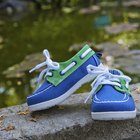
What Does Big Kids Mean in Shoe Sizing?
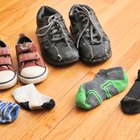
How to Size Children's Socks

Shoe Sizes Explained

How to Size Boys' Clothes
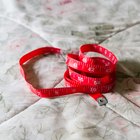
How to Convert Men's Clothing Sizes to ...
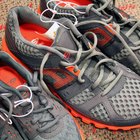
How to Compare Men's Shoe Size to Boys' ...

How to Tell the Size of Havaianas

How to Shrink a Shirt 2 Sizes

How to Convert a Shoe's Size to ...

How to Convert Kids' Clothing Size to ...

How Fast Does Cooked Spaghetti Squash ...
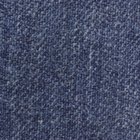
How to Convert Size 16 Regular Boy's ...

How to Estimate Pants Size Using Height ...
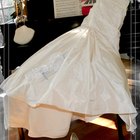
How to Convert From Measurements to ...

How to Convert Children's Clothing Size ...
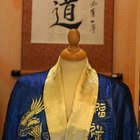
How to Convert American Clothing Size ...

Difference Between Metric & American ...

Gender Differences in Children's ...

What Is the Shoe Size for a 4-Year-Old ...
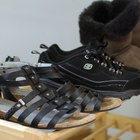
How to Measure Shoe Width Size
References
Writer Bio
Jennifer Bordner began writing in 2010 creating educational materials for A Pass Education Group. Her work has been in Smart Notebook files for the WriteSource textbook and articles for Texas History textbooks. She obtained her Bachelor of Arts in education from Wittenberg University and Master of Education at Bowling Green State University.
Photo Credits
Medioimages/Photodisc/Photodisc/Getty Images